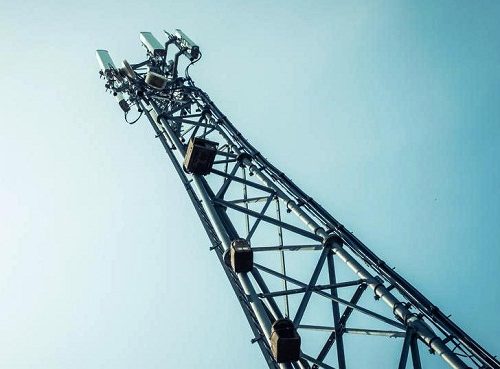Vehicle-to-grid (V2G) technology, which uses the batteries of electric vehicles to balance electricity load on the grid, has been demonstrated for the first time in Britain.
The experiment used a test environment of the ‘Balancing Mechanism’, the primary tool used by National Grid ESO to balance Britain’s electricity system in real-time.
This is the first time that V2G technology has been demonstrated in the UK to show that electric vehicles can receive a direct signal from the ESO to support system balancing.
In a series of initial tests run this month, Octopus charged and discharged the batteries of up to 20 electric cars from participating customers at times of grid imbalance.
The tests demonstrated the potential benefit of V2G charging: an hour of a million EVs exporting to the grid is estimated to provide the same amount of power as 5,500 onshore wind turbines.
Separate analysis from Octopus Energy’s electric vehicles arm shows that if the trial results were extrapolated across a whole year, the EVs could realise a profit of around £62m annually for customers taking part in the scheme, whilst also saving non-participating customers money through grid-balancing cost reductions.
Several large car brands such as Hyundai and Volkswagen have committed to include V2G technology in their new EVs, further emphasising the potential of the technology.
Octopus said that even customers who don’t own an electric vehicle should benefit from reduced bills if the system was widely implemented.
It uses a software platform, known as Kraken, that works in the background to match the customer schedule with grid signals to provide flexibility depending on energy needs.
The tariff window typically charges the vehicles between 23:30-05:30 and requests energy from 16:00-19:00. Concerns have been raised in the past that V2G systems could significantly shorten the lifespan of electric vehicle batteries
Claire Miller, director of technology at Octopus Electric Vehicles, said: “This is a real ‘line in the sand’ moment for V2G tech. We have shown that this technology is capable of helping to balance our future green grid to the benefit of people and the planet.
“We’ve proved what is possible with the technology and cars that are currently on the market and this is only going to grow. Soon we will have millions of electric cars sitting on driveways capable of storing and exporting green energy back to the grid when it needs it most – and once the vehicle-to-grid proposition is ready to be launched, these cars will help to support our renewables expansion and take us a huge step closer to net zero.”
Jake Rigg, corporate affairs director with National Grid ESO, said: “Vehicle-to-grid technology opens the door for everyone to engage in our electricity system, in a way that we can all benefit from.
“The next steps for us are to take these learnings and work with industry on how we develop and deploy a balancing mechanism service for V2G.”
Source: E&T










